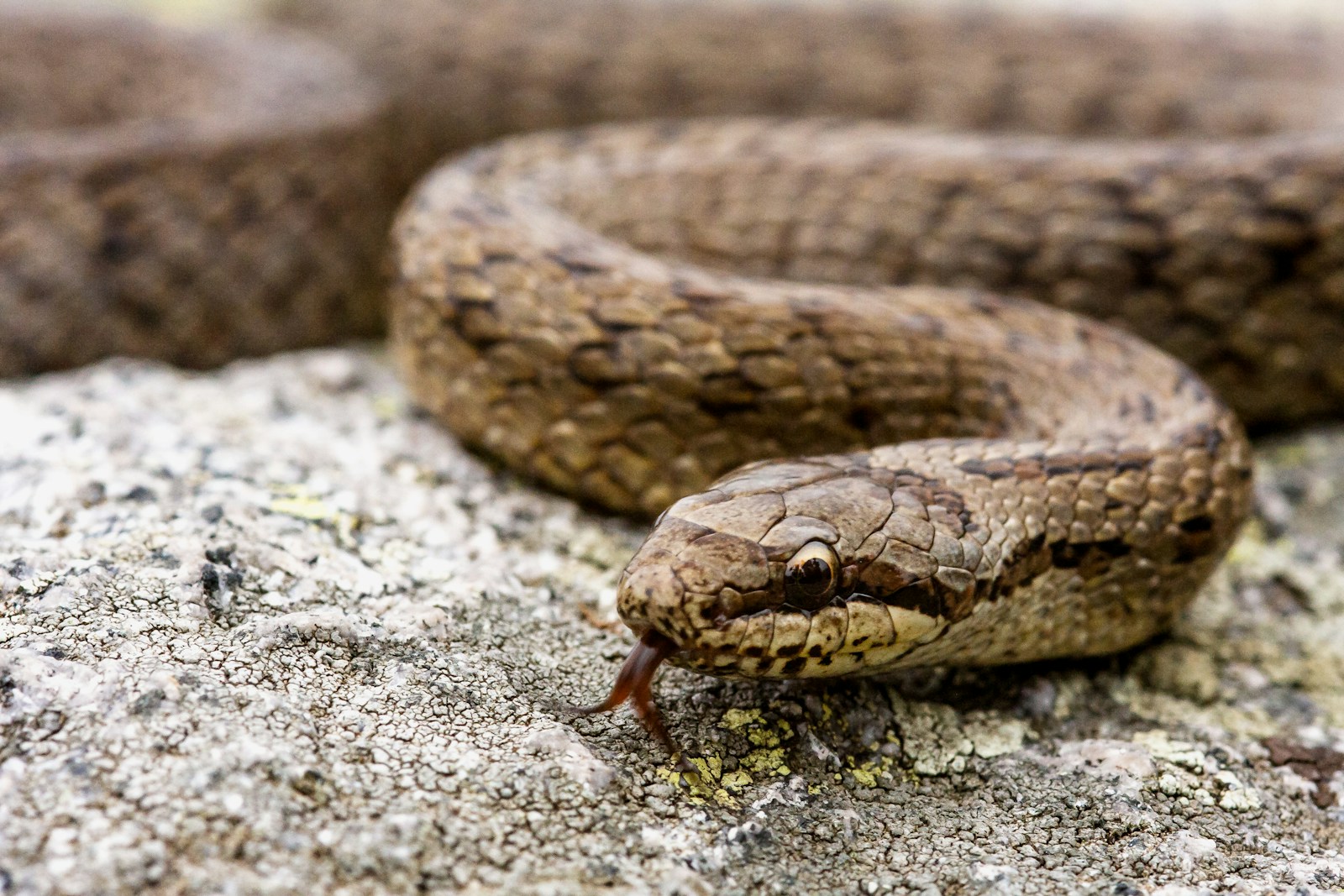The natural world is filled with fascinating creatures, but few inspire as much caution and misunderstanding as snakes. Whether encountered in the wild or in controlled environments, these reptiles demand our respect and awareness. One of the most dangerous misconceptions people have is assuming that a motionless or seemingly lifeless snake is actually dead. This potentially fatal error has led to countless injuries and even deaths worldwide. Understanding why snakes may appear dead when they’re very much alive isn’t just interesting knowledge – it’s essential information that could prevent serious harm. This article explores the various reasons you should always approach an apparently deceased snake with extreme caution.
Snakes Are Masters of Deception

Evolution has equipped snakes with remarkable abilities to fool predators and prey alike. Many species have developed sophisticated defense mechanisms that include playing dead when threatened. This behavior, known as thanatosis or death-feigning, can be incredibly convincing to the untrained eye. The snake may lie completely still, sometimes for hours, with its mouth open and tongue hanging out. Some species even emit foul odors that mimic the smell of decomposition, making their act all the more convincing. They may allow their bodies to go completely limp and can be moved or handled without showing signs of life. This deceptive strategy has evolved specifically to trick potential threats into letting down their guard.
The Eastern Hognose: Nature’s Oscar Winner

Perhaps no snake is more famous for its dramatic death performance than the Eastern Hognose (Heterodon platirhinos). When threatened, this North American species puts on an elaborate show that would impress even the most critical theatre director. The hognose will flatten its neck like a cobra, hiss loudly, and strike repeatedly – though rarely actually biting. If the threat persists, the snake takes its performance to another level by rolling onto its back, convulsing wildly, and then going completely limp with its mouth open and tongue hanging out. It may even defecate and emit a foul musk to complete the illusion of death. What makes this act particularly dangerous for humans is how convincing it appears – many have been bitten when picking up what they believed was a dead snake.
Cold Weather Creates Dangerous Illusions
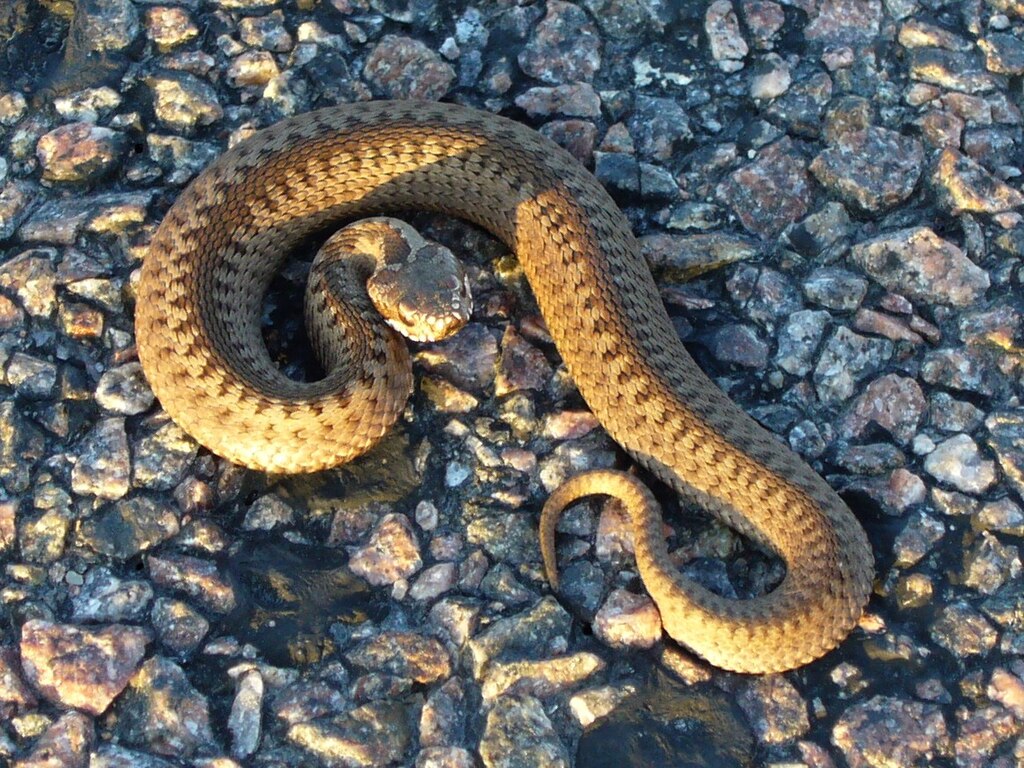
Snakes are ectothermic, meaning they rely on external heat sources to regulate their body temperature. During cold weather, snakes may enter a state of brumation – a hibernation-like condition where their metabolism slows dramatically. A snake in this state may appear completely lifeless due to minimal breathing and virtually no movement. Their body temperature drops, and they become extremely sluggish, sometimes lying in the same position for days or even weeks. The danger comes when people encounter these apparently dead snakes and decide to handle or remove them. As the snake warms up – perhaps from the heat of human hands – it will gradually regain its faculties and may strike defensively. Even professional herpetologists can be fooled by this temperature-induced immobility.
Even Decapitated Snakes Can Bite
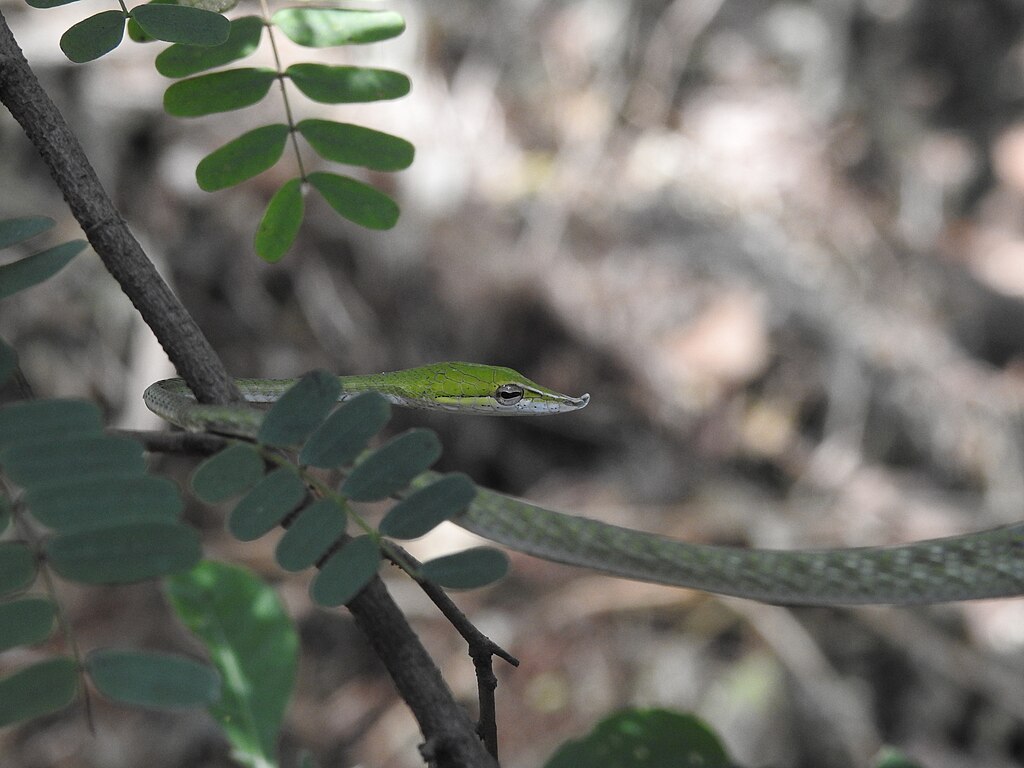
One of the most alarming and least understood facts about snakes is that even a severed head can still bite and envenomate a victim. Unlike mammals, a snake’s nervous system can remain active for up to an hour after death or decapitation. This is because their metabolic rate is much lower, and their tissues can survive longer without oxygen. There have been numerous documented cases of people being bitten by snake heads that had been separated from their bodies for several minutes or even longer. These bites often contain a full venom load and can be more dangerous than bites from living snakes, as the dead snake has no reason to conserve venom. The reflex to bite when touched remains intact, making a decapitated venomous snake potentially deadlier than a living one.
The Devastating Consequences of Misidentification

Assuming a snake is dead has led to numerous tragic outcomes worldwide. Emergency rooms regularly treat patients who picked up supposedly dead snakes, only to receive painful and sometimes life-threatening bites. The psychological impact of such bites is often profound, with victims reporting severe anxiety and post-traumatic stress. From a medical perspective, these bites are particularly concerning because victims often delay seeking treatment, believing the snake was dead and therefore harmless. This delay can allow venom to spread further, causing more extensive tissue damage, neurological effects, or hemorrhaging. In regions with limited access to antivenom, such mistaken assumptions have proven fatal on multiple occasions.
Understanding Snake Physiology
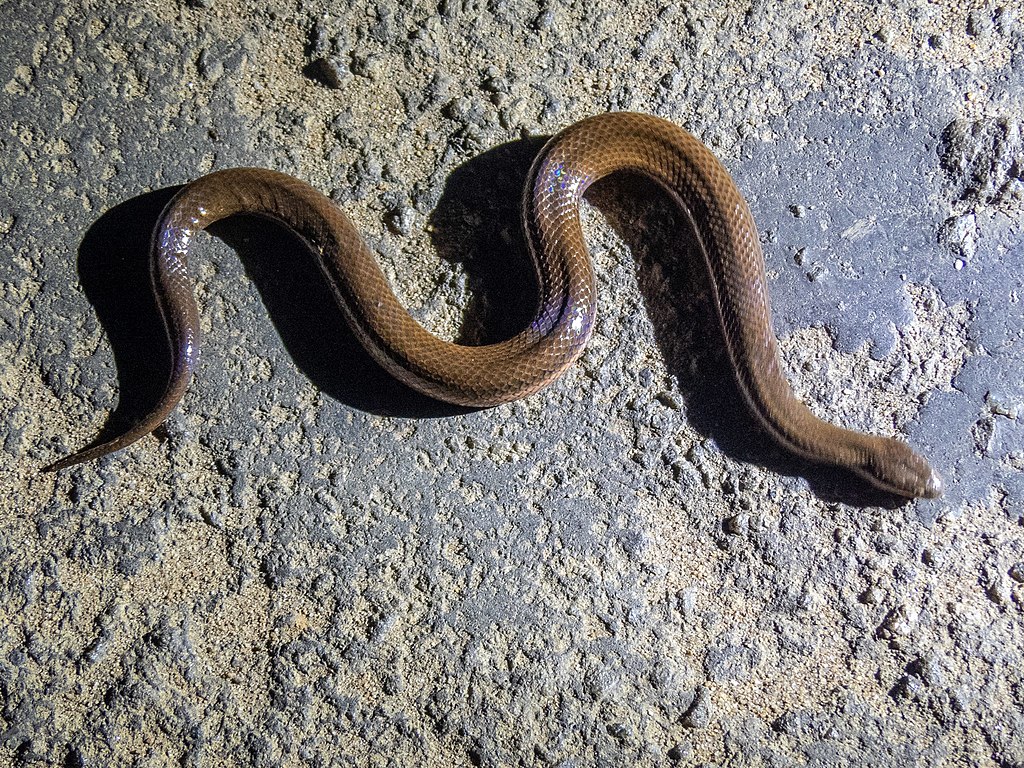
Snakes possess physiological adaptations that allow them to survive conditions that would kill most vertebrates. Their incredibly efficient respiratory system enables them to breathe very slowly and sometimes hold their breath for extended periods. This makes visual detection of breathing virtually impossible for human observers. Their cardiovascular system is equally specialized, allowing for drastically reduced heart rates during rest or when playing dead. Some species can reduce their heart rate by up to 80% when feigning death. Their unique musculature enables them to remain perfectly still for hours or even days while hunting or hiding. These physiological traits combine to create perfect conditions for mistaken identification of their status by humans.
Different Species, Different Dangers
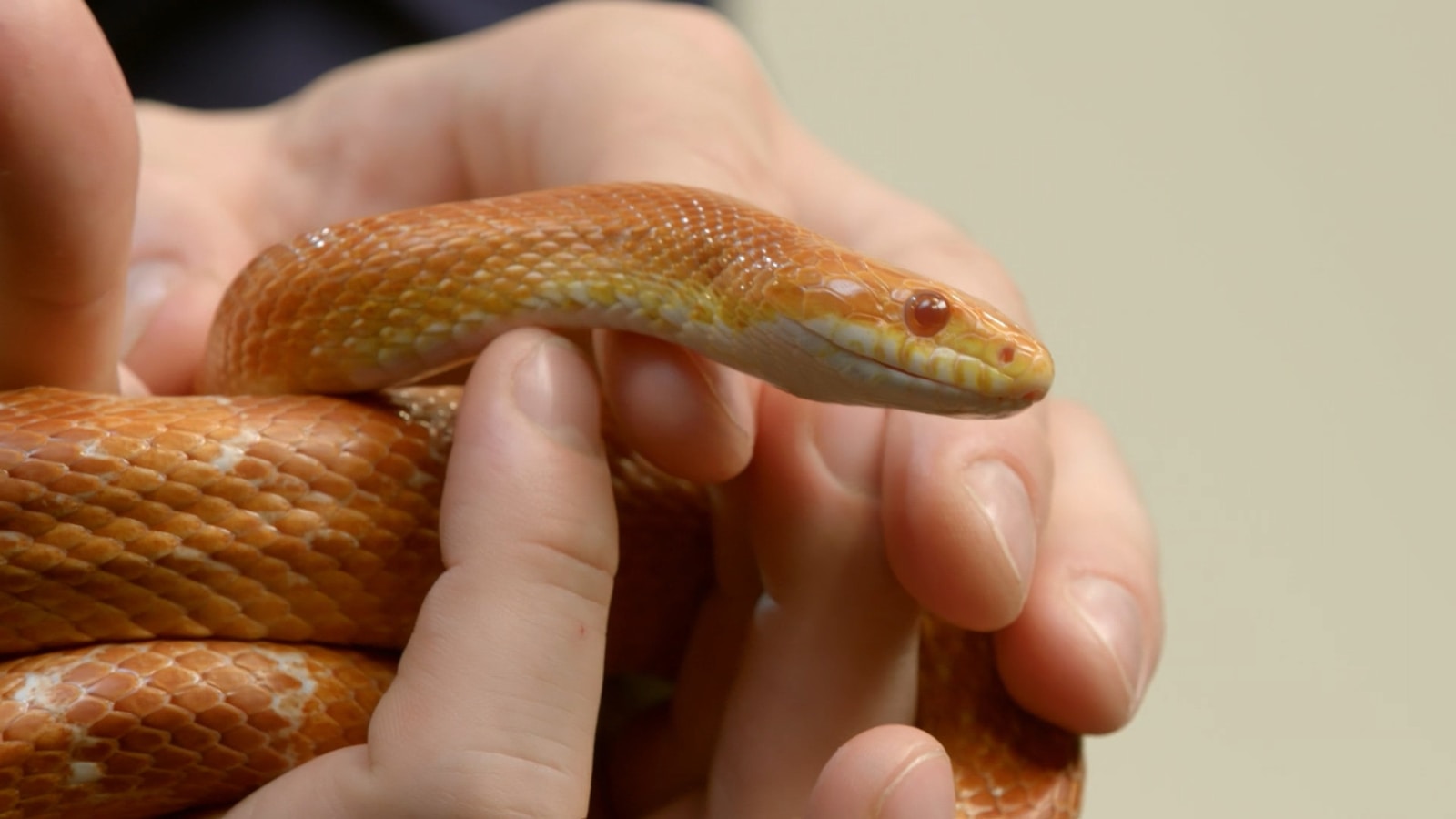
The risks associated with assuming a snake is dead vary significantly depending on the species involved. Venomous species like rattlesnakes, cobras, and vipers pose the most obvious danger, as their bites can cause severe tissue damage, neurological problems, or death. However, even non-venomous constrictors like boas and pythons can inflict serious wounds with their curved, needle-sharp teeth, which often cause significant tissue damage and infection. Smaller non-venomous species might deliver less dangerous bites, but these can still lead to bacterial infections if not properly treated. Certain species like the hognose snakes have mild venom that’s relatively harmless to humans but can cause painful swelling and discomfort. Knowing which species you’re dealing with is crucial, but even experts can be fooled by a convincing death performance.
The Psychology Behind Taking Risks

Understanding why people take risks with apparently dead snakes provides insight into preventing dangerous encounters. Humans have a natural curiosity about unusual and dangerous animals, often leading them to make poor decisions around wildlife. Studies in risk psychology have shown that many people believe they can accurately determine when an animal poses no threat, despite lacking any specialized knowledge. This overconfidence is compounded by widespread misinformation about snakes found in popular culture and social media. Additionally, some individuals feel compelled to remove apparently dead snakes from paths or yards to protect others, inadvertently putting themselves at risk. The desire for social validation through photos or videos with seemingly dead dangerous animals also drives risky behavior, particularly among younger people.
Proper Response to Finding a “Dead” Snake

The safest approach when encountering an apparently dead snake is to treat it as if it were alive. Maintain a safe distance of at least twice the snake’s length, even if the animal appears completely lifeless. Never attempt to pick up, move, or touch the snake with your hands, regardless of how long it has been motionless. If removal is necessary for safety reasons, use a long-handled tool like a shovel or rake, keeping your body as far from the snake as possible. For venomous species, contacting local wildlife authorities or snake removal experts is always the safest option. Even if you’re convinced the snake is dead, remember that reflexive bites are still possible and can deliver venom hours after death.
Teaching Children About Snake Safety

Educating children about snake safety is particularly important, as their natural curiosity makes them especially vulnerable to snake bites. Teaching children to never touch any snake, regardless of whether it appears dead or alive, is a vital safety lesson. Explain to them in simple terms that snakes can pretend to be dead as a form of protection, much like playing hide-and-seek. Use age-appropriate resources like books, videos, and educational programs to help them understand snake behavior and respect wildlife from a distance. Create clear rules about what to do if they see a snake: stop, step back, and tell an adult immediately. Regular reinforcement of these safety practices can prevent dangerous encounters and instill a healthy respect for wildlife rather than fear.
Cultural and Historical Perspectives
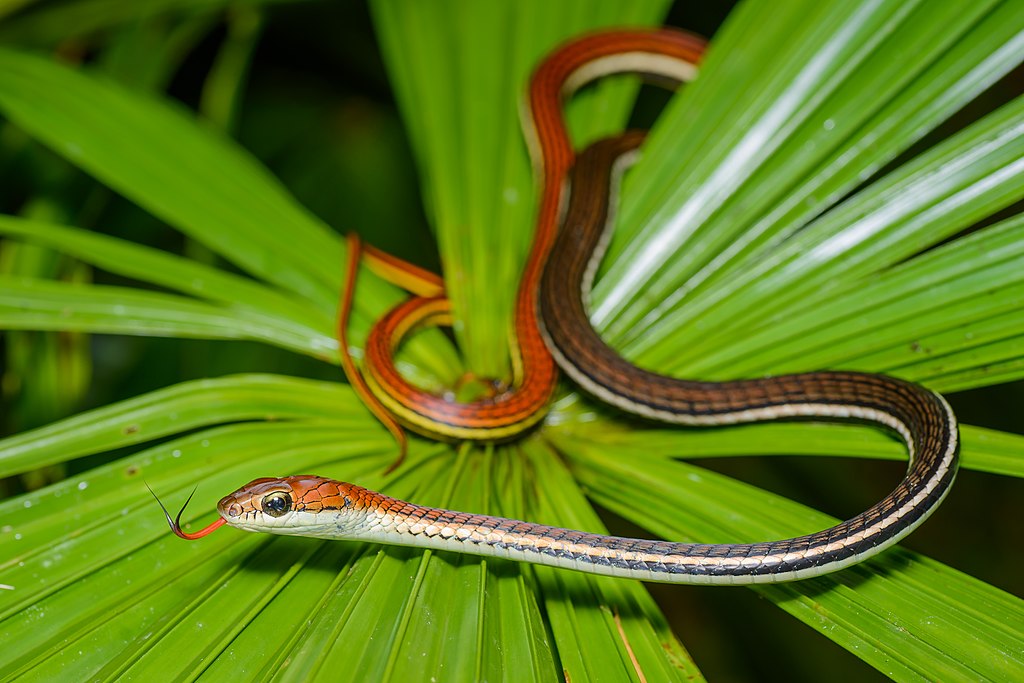
Throughout human history, snakes have occupied a complex place in our collective consciousness, appearing as symbols in religions, mythologies, and cultural practices worldwide. Many traditional knowledge systems from regions with venomous snakes include warnings about the dangers of assuming these reptiles are dead. Indigenous cultures in Australia, Africa, and the Americas developed sophisticated understandings of snake behavior long before modern science confirmed these observations. Historical medical texts from ancient China, India, and the Middle East contain accounts of individuals bitten by supposedly dead snakes, demonstrating that this danger has been recognized for millennia. These long-standing warnings across diverse cultures highlight the universal nature of this threat and suggest that humans have been making this potentially fatal mistake throughout recorded history.
Scientific Research and Case Studies
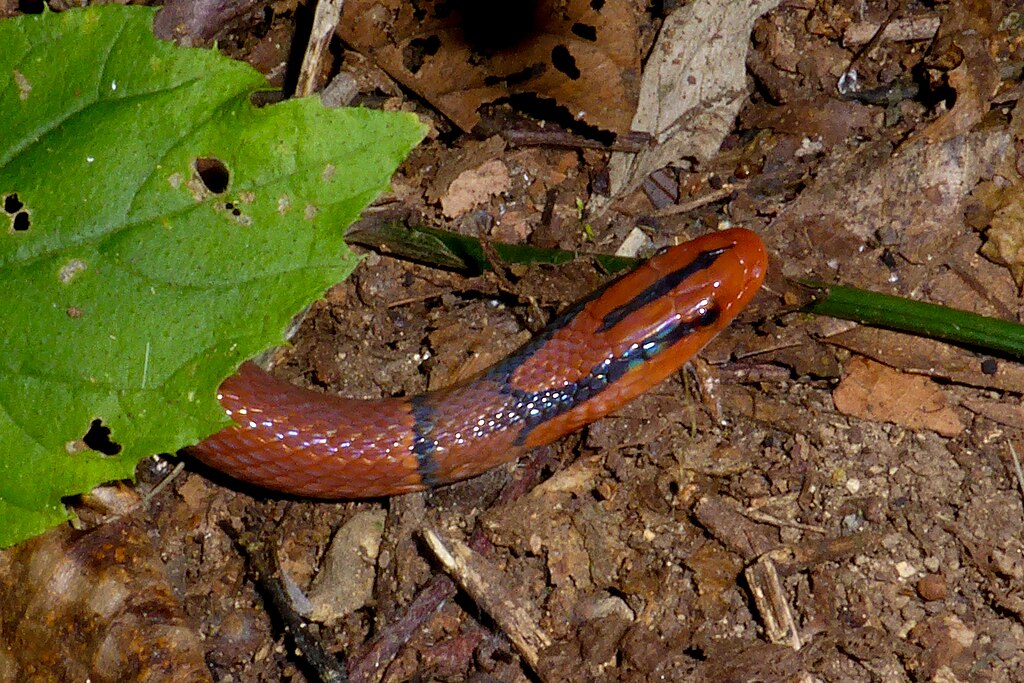
Modern scientific research has documented numerous cases that illustrate the dangers of assuming snakes are dead. A 2018 study published in the Journal of Toxicology documented 13 cases of people bitten by decapitated snake heads over a five-year period, with several victims requiring intensive care and antivenom treatment. Herpetologists have conducted controlled studies on death-feigning behavior, finding that some species can maintain the illusion for over three hours in laboratory conditions. Medical literature contains multiple case reports of patients who were bitten after picking up allegedly dead snakes, including a particularly notable 2019 case where a wildlife enthusiast was envenomated by a timber rattlesnake that had shown no signs of life for over 30 minutes. These scientific accounts provide compelling evidence that this phenomenon is not merely anecdotal but a well-documented risk.
The Future of Human-Snake Interactions

As human populations continue to expand into previously undeveloped areas, encounters with snakes will inevitably increase. Climate change is also altering snake habitats and behavior patterns, potentially creating new risk scenarios not previously observed. Advances in medical treatment for snake bites offer hope for reduced fatalities, but prevention remains the most effective approach. Educational initiatives using modern technologies like virtual reality could help people learn safe behaviors around snakes without actual exposure to danger. Innovations in snake detection and removal tools may provide safer alternatives for dealing with snakes in human-occupied spaces. Despite these advances, the fundamental rule will remain unchanged: never assume a snake is dead, as this simple precaution will continue to save lives in our increasingly complex human-wildlife interface.
Understanding why you should never assume a snake is dead goes beyond simple safety advice – it reflects a deeper principle about respecting wildlife and acknowledging the sophisticated survival mechanisms these animals have developed over millions of years of evolution. By maintaining a healthy caution around snakes, regardless of their apparent state, we not only protect ourselves but also demonstrate the kind of informed respect that should characterize all human interactions with the natural world. Whether you’re a hiker, gardener, or simply someone who occasionally encounters wildlife, remembering this crucial guidance could quite literally save your life.

